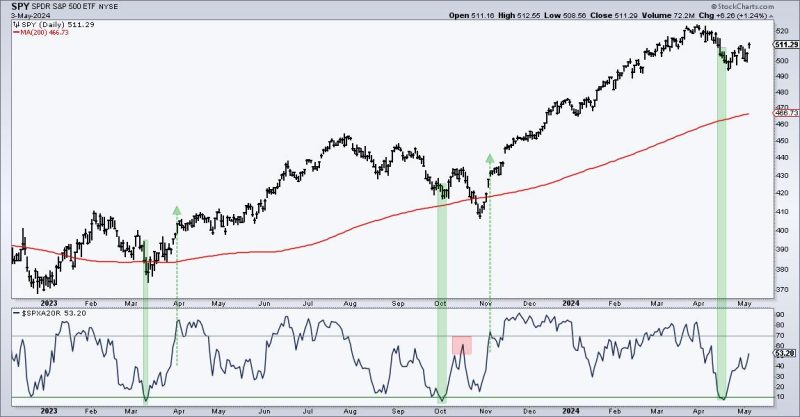In the fast-paced world of finance, there is a concept known as a dead cat bounce. This term is often used to describe a temporary recovery in the price of a declining stock or market, which is followed by a continuation of the downtrend. Investors and analysts alike pay close attention to these bouncebacks, trying to determine whether they are simply short-term blips or signals of a more sustained upward movement.
However, when it comes to the recent market dynamics, there is a growing debate about whether what we are witnessing is indeed a dead cat bounce or a bounce with legs. As the global economy grapples with the aftermath of the pandemic and faces ongoing uncertainties, understanding the nature of these market movements is crucial for investors making informed decisions.
A dead cat bounce typically occurs after a significant decline in a stock or index. It is characterized by a brief rally in prices, often driven by technical factors such as oversold conditions or short-covering. Investors who may have been waiting to sell their positions take advantage of the temporary uptick to exit, causing the bounce to fizzle out quickly.
Conversely, a bounce with legs suggests a more sustainable recovery. This type of bounce is supported by fundamental factors such as improving economic data, corporate earnings growth, or positive market sentiment. Investors begin to regain confidence in the market’s long-term prospects, leading to a more prolonged period of price appreciation.
To determine whether the current market rebound is a dead cat bounce or a bounce with legs, analysts are closely monitoring a variety of indicators. These include earnings reports, economic data releases, central bank policies, geopolitical developments, and investor sentiment surveys. By analyzing these factors in conjunction with technical analysis, market participants can gain a clearer picture of the market’s direction.
One key consideration is the resilience of the market in the face of potential headwinds. Factors such as inflationary pressures, supply chain disruptions, geopolitical tensions, and policy uncertainty can all impact market dynamics. A bounce with legs would likely see the market shrug off these challenges and continue its upward trajectory, fueled by underlying strength in the economy and corporate sector.
Another factor to watch is the behavior of institutional investors and market participants. Institutional buying or selling activity can provide valuable insights into whether the current market rally is sustainable or short-lived. Long-term investors who are adding to their positions or increasing their exposure to certain sectors may indicate a more positive outlook for the market.
Ultimately, whether the current market rebound proves to be a dead cat bounce or a bounce with legs remains to be seen. While short-term volatility and fluctuations are a normal part of the market cycle, investors should exercise caution and conduct thorough research before making investment decisions. By staying informed and monitoring key indicators, investors can position themselves to navigate the complexities of the market and seize opportunities as they arise.
